|
When shopping for Riesling one might automatically go to the Germany or Alsace section in a wine store. However, there is another section to consider. Take a stroll over to where they keep Rieslings from the Pacific Northwest, USA. Riesling grapes grow best in cool or moderate climates and Pacifica estate winery located on the border of Washington and Oregon is an ideal setting for growing these grapes. In 2006, Philip and Sheryl Jones purchased 95 acres on Underwood Mountain, of which over 25 acres are under vine. It is called Evans Vineyard and it overlooks the Columbia Gorge and Mount Hood. The climate is cool and marine-influenced with warm days and cool nights and the soil is mainly silty loam of volcanic origin. Pacifica estate winery is the Northwest’s only fully kosher winery, beginning with their first wines produced in 2010. Pacifica Washington Riesling 2017 is 100% Riesling. It is pale yellow with notes of citrus and floral. The palate offers mouth-watering acidity, green apple, pear, grapefruit, honey, minerality and a hint of lemon. This is a medium-dry wine that will pair well with a variety of food such as light pasta, white meat, spicy food, seafood and cheese. It is also a perfect wine to serve as an aperitif. SRP: $17.99 Alcohol: 12% Summer isn’t over yet, so kick it up a notch and put some Rieslings in your refrigerator alongside the other white wines and rosés. In any event, I plan to drink this Riesling all year long!
Until next time… Cheers! Penina To leave a comment or if you have an inquiry, please contact me at [email protected] Puglia was our last stop on a whirlwind tour in Italy last month. Puglia is the heel of Italy’s boot and is located in the southeast corner of Italy with the Adriatic Sea to the east and the Ionian Sea to the southeast. We flew from the majestic mountainous region of Veneto to the breathtaking coastline of Brindisi, a port city in the Salento region of Puglia. Brindisi is lush with tropical trees, white sand beaches, abundant sunshine, a dazzling view of the Adriatic Sea and relatively flat land, making it a perfect agricultural area for producing such products as wine, olive oil, artichokes and tomatoes. The city has an exciting vibrancy attracting young and old to its beaches, historical sites, boating and dining on local cuisine in some fab restaurants. Brindisi is a great combination of new and old world charm. Luigi Rubino and his wife Romina Leopardi of Tenute Rubino winery hosted our visit. The moment I met this dynamic couple, I was caught up in their enthusiasm and passion for Puglia, especially for their dedication to preserve ancient viticulture while embracing state-of-the-art practices and also their vision and mission for the near future to put Puglia back on the map and especially Brindisi. Their plan is to build a new winery that includes a small hotel with several amenities overlooking the Adriatic Sea. It is their desire to make Brindisi a tourist destination. For Luigi and Romina the future is tourism, wine and gastronomy! It all began with Luigi’s father Tommaso Rubino who back in the 1980s saw the potential of the land in Salento. Over time, Tommaso purchased land that is today divided into four estates. Luigi completed the construction of a new vinification and refining cellar in Brindisi and created the brand Tenute Rubino in 1999, paying homage to his father by promoting the historical vines of Salento that include Negroamaro, Primitivo, Malvasia and Susumaniello. And by 2000, the first bottle of Marmorelle Rosso was released. Just a quick note on the Susumaniello grape: It is an ancient red grape indigenous to Brindisi and grown almost exclusively in the Salento area. It ranks among the world’s rarest of grapes. Tenute Rubino is best identified with Susumaniello. The grapes are grown in the Jaddico estate with an assortment of vines, some of which are 75 years old. Luigi started the Susumaniello project in 2000 with Torre Testa wine. His goal is to reintroduce this rare grape to the world and make it the primary wine of the area. Tenute Rubino owns 500 hectares, of which 200 hectares are under vine located along the shores of the Adriatic Sea stretching inland. Each of the four estates is unique in bringing different expression to the same grapes planted. I encourage you to visit Tenute Rubino website to learn about each estate, the grapes planted, the soil and climate. https://www.tenuterubino.com Slideshow of vineyards and land below. In addition to walking the vineyards and learning about the indigenous grapes, Luigi showed us the blueprints of where he and Romina plan to start their visionary project. It is impressive on paper and one can only imagine how beautiful and magical the complex will be once built! After visiting the vineyards we drove to the winery for a cellar tour and wine tasting with Luigi, Romina and the oenologist, Luca Petrelli. We tasted through six wines, all unique and expressive of the land. 2010 Giancòlo IGT Salento made with 100% Malvasia Bianca from Jaddico estate. Aromatic with honeysuckle, peach, citrus and hints of brine. Bright acidity, fresh with honey, pear and tropical fruit on the palate. SRP: $18 2016 Torre Testa Rosé IGT Salento made with 100% Susumaniello from Jaddico estate. Fresh berries and a touch of salinity on the nose. The palate offers strawberry and Bing cherry. Crisp and refreshing. SRP: $16 2016 Oltremé IGT Salento made with 100% Susumaniello from Jaddico estate. Heady aromas of deep cherry and dark plum. Rich and smooth with lush dark cherry, chocolate, spice and a hint of anise on the palate. This is a “best seller” in USA market and one of my favorites! SRP: $11 to $14 2016 Miraglio DOC Brindisi made with 100% Negroamaro from Uggio estate. Aromas of dark berries, pepper, herbs and spice. The palate offers nice layers of blackberry, plum and hints of floral with medium tannins. SRP: $11 to $14 2015 Jaddico DOC Brindisi Riserva from Jaddico estate. Made with 80% Negroamaro and 20% Susumaniello Aromas of cherry, dark berries, pomegranate and hint of spice. The palate offers dark, juicy fruit with a smooth and rich texture. SRP: $25 2016 Torre Testa IGT Salento made with 100% Susumaniello from Jaddico estate. This is an elegant wine and it is another favorite of mine. The nose offers dark berries with fresh fruit, plums and sweet spice. The palate is layered with rich “jammy” dark fruit and spice. Full-bodied and a beautiful balance of acidity and tannins. SRP: $40 Over the course of two days we sampled many of Tenute Rubino wines with our meals. And speaking of food, Romina and Luigi own a fantastic restaurant called Numero Primo, a wine bar on the Brindisi waterfront. Slideshow below of small sampling of food & wine Tenuto Rubino also makes three outstanding extra virgin olive oils ranging from light and fruity to intense fruity. The olive oil is so good, I could drink it! Every year the Jaddico estate hosts the Women’s Harvest Festival celebrating the local women who work year-round in the vineyards from tending the vines to harvest time. The festival honors the commitment and skill of the women who make up the team. The festival is open to the public to enjoy wine, food, singing and dancing. This is a beautiful way to pay homage to the hard and dedicated work of these women. Our last night in Brindisi was spectacular. Romina and Luigi hosted a small party on a cruising catamaran complete with music, food, wine and a singing captain! It gave us a chance to see the coastline of Brindisi from the water, experience a beautiful sunset and admire some impressive architecture! It was truly a night to remember. Slideshow below. I look forward to returning to Puglia and hopefully, I will get to see the completion of Luigi and Romina’s vision for Brindisi in the not too distant future!
If you can’t make it to Puglia anytime soon, buy a bottle of Tenute Rubino and pour yourself a glass. I can assure you that with each sip the wine will tell you a story of the terroir, sea, history and tradition of this enchanting region. Thank you to Luigi and Romina for allowing me to look at Puglia through your eyes and for the opportunity to taste your impressive wines. I look forward to sharing your parting gifts with family and friends. Until next time… Cheers! Penina “International Albariño Days” is almost upon us and everyone will be celebrating this aromatic white wine from the Denomination of Origin (DO) Rías Baixas during August 2nd thru August 7th. Rías Baixas is located in the northwestern corner of Spain in the Galicia region and is separated from Portugal by the Miño River to the south. Rías Baixas is divided into five growing areas (sub-zones) running from north to south. More than 99% of wines produced here are white, with Albariño representing 96% of all plantings. Each sub-zone differs in grape varieties, terroir, microclimates and winemaking techniques. However, the wines all share a common thread with characteristics of a soft yellow color, aromatic, vibrant acidity, fresh and dry with mineral overtones. The sub-zone of Val do Salnés is considered the birthplace of the Albariño grape and it is the original and oldest sub-zone of Rías Baixas. It has the most area grape plantings and is home to the largest cluster of wineries than any of the other sub-zones. Vineyards are planted on both slopes and flat valley floors. It is the coolest and wettest sub-zone with soils that are granitic, rocky and alluvial. Pazo de Señoráns Winery is located in the sub-zone of Val do Salnés in the municipality of Pontevedra. It is a family run winery that began production in 1989 and has been passed on to the second generation of four sons and daughters who are hand-on in all aspects of the business. They have 130.9 acres and make an impressive array of 100% Albariño wines. The vines are planted in the lowlands, close to the sea and the lower portions of rivers. I recently received a sample of Pazo de Señoráns Albariño 2017. This is a young and sassy wine! The color is pale lemon and it is very aromatic. Aromas of floral, citrus, pear, grapefruit and hints of the “briny” sea are enticing. On the palate this wine is packed with acidity, juicy fruit, fresh peach, apricot, soft citrus and minerality. Lingering notes of apricot and lemon zest give this wine an invigorating finish. SRP: $19.99 Alcohol: 13.5% Albariño wines pair well with many dishes such as light pasta, seafood, salads, cheese and fruit.
So, mark your calendar and don’t forget to toast International Albariño Days! Send me your photos and use the hashtag #MakeItAnAlbariñoWeekend Until next time… Cheers! Penina To leave a comment or if you have an inquiry, please contact me at [email protected] Veneto is a beautiful region in the northeastern part of Italy. With the eastern Dolomite Mountains, Carnic Alps, Venetian Pre-alps and the Adriatic Sea as its backdrop, the landscape just doesn’t get any better or more dramatic. It is simply breathtaking at every turn. The Veneto region is filled with small historic towns, hamlets, ancient castles and is home to the famous cities of Venice, Verona, Padua and Treviso. With a population of just under five million, Veneto is the 5th largest region in Italy. About 26 miles north of the Treviso airport are the small towns of Conegliano and Valdobbiadene, the home of Prosecco Conegliano Valdobbiadene DOCG, where some of the finest Prosecco is made. The area is also called Prosecco Superiore DOCG. Conegliano Valdobbiadene has ancient origins of vine growing dating back to the Roman Empire, but the first written documentation of connecting Prosecco to this area is 1772. With the D.O.C. being established here in 1969, historic production of Prosecco has been limited to 15 communes. In 2009, Conegliano Valdobbiadene Prosecco Superiore DOCG certification was issued. It is a countryside filled with hills and rolling slopes rising up from the Piave River. From early origins, a glacier slid down from the Dolomites and came to rest in a valley that eventually became the riverbed of the Piave. The river begins in the Alps and flows into the Adriatic Sea. The local soil is attributed to this glacier and can vary depending upon the slope of the hill. Some areas contain rock, sand, clay and iron oxides. In areas unaffected by the glacier, the soils contain marls and sandstone and are less deep and more porous. Because Conegliano Valdobbiadene is situated between the sea and Pre-alps, the area experiences a mild climate with constant breezes. Vineyards have great sun exposure and benefit from the altitude and broad differences between day and night temperatures. The slopes, micro-climate, sun exposure and various soils make this an ideal setting for growing Glera grapes for the production of Prosecco Superiore. In 1946, Epifanio Dal Bianco founded Masottina Winery located in Conegliano. Realizing the potential of the land, he expanded the family’s vineyards year by year. His eldest son Adriano and wife Franca and two brothers, Valerio and Renzo joined Masottina, advancing the company into the world of production. Adriano became an oenologist, graduating from Conegliano Oenological School where he learned the skills needed to take Masottina to a “cutting-edge, world-renowned” winery. Adriano remains CEO and winemaker and his wife Franca takes care of administration. Renzo is head of vineyards management Adriano’s three sons represent the third generation, with Filippo as sales manager for the Domestic Market and a few International Markets, Frederico as Marketing & Sales Manager and Edoardo who takes care of the production system. The family’s experience, work ethic, love of the land and passion for quality is evident in the wines they produce. Masottina has about 300 hectares of vineyards of which half are located in the historical Conegliano Valdobbiadene DOCG, including the area in the Rive of Ogliano, where Masottina produces their most elegant and expressive wines. Ogliano is in the easternmost hills of Conegliano and “Rive” refers to the most prized position on the hill. Below is a slideshow of Masottina and its breathtaking views. Masottina introduced “Rive di Ogliano” wines in 2009. The grapes are hand harvested and originate from only one location. Vintage and harvest location are indicated on the labels. “Contrada Granda” Rive di Ogliano Brut “Le Rive di Ogliano” Rive di Ogliano Extra Dry Some of Masottina’s other sparkling wines are: Conegliano Valdobbiadene Prosecco Superiore DOCG Brut, Extra Dry and Brut Biologico. Prosecco Doc Treviso Brut, Extra Dry and Prosecco Doc Brut Biologico Cuvée Rosé Extra Dry I have written several stories about the sparkling wines from Conegliano Valdobbiadene DOCG and I always enjoy drinking the wines from this area. However, I am in awe of how Masottina has taken Prosecco to another level. The wines are intensely aromatic with a wide range of flavors including citrus, tropical fruit, stone fruit, spice, floral and mineral. From the entry-level wines to the more complex Rive de Ogliana wines, each style is unique and expressive. And whichever Masottina sparkling wine you choose, it is the right choice! In addition to sparkling wine, Masottina also produces a small range of still wines under the label “Ai Palazzi” from their estates in the Colli di Conegliano and Tenuta Ai Palazzi, located in the province of Treviso. Masottina wines range in price from approximately $15 to $30. For more information about Masottina, their complete wine collection and availability of wines in your area, please visit: http://www.masottina.it Venice is approximately 39 miles south of Conegliano and a trip to Veneto would not be complete without visiting the “city of canals”. A private water taxi whisked us off for an enchanting afternoon and evening in Venice. We dined at a beautiful restaurant with our host Frederico Dal Bianco and tasted more of Masottina’s impressive wines. It was a very overcast day, but Venice never looked more beautiful to me! On our final day in Veneto, we toured the areas of Conegliano and Valdobbiadene, stopping to see historic sites that included Molinetto Della Croda, a 17th-century water mill and Abbazia Cistercense Santa Maria di Follina that dates back to the 12th century. The slideshow below depicts aspects of the tour including photos from our stay in the town of Conegliano. And yes, here is a sampling of the amazing food we had while in Veneto. As you can see, Veneto has much to offer and I can’t wait to return!
Grazie to the Dal Bianco family for your generous hospitality and for sharing your exceptional wines! Cheers! Penina All photos by Penny Weiss To leave a comment or if you have an inquiry, please contact me at [email protected] Recently I visited three regions in Italy: Sicily, Veneto and Puglia. Each region is stunningly unique in topography, climate, wine, food and culture. Over the next few weeks, I will be writing about my experiences and impressions of these regions, starting today with Sicily. Here are a few interesting facts about Sicily. It is the largest Mediterranean island surrounded by the Ionian, Tyrrhenian and the Mediterranean seas. It is an island rich in culture and history with human activity dating back to around 12,000 BC. Sicily is considered a melting pot of ethnicities that include North Africa, Middle East, Greeks, Romans and Spaniards to name a few. There are roughly five million people living in Sicily today, making it the fourth most populated region in Italy. Santa Cristina Gela is a village in the province of Palermo, the capital of Sicily, and this is where my story begins. Situated on a picturesque background of gently rolling hills, valleys, vineyards, olive groves and mountains rising in the distance, sits Baglio Di Pianetto, a 100% organic winery. In addition to making noteworthy wines, Baglio Di Pianetto also offers hospitality and wine-tourism. Agrirelais Baglio is a charming guesthouse with well-appointed rooms and a restaurant offering excellent traditional and local cuisine. One can relax at the pool or enjoy a quiet moment in the reading room. Here is a slideshow of the beauty surrounding Agrirelais. And, if you’re fortunate to be visiting while Count and Countess Marzotto are there, you will be warmly greeted, as we were upon our arrival! Count Paolo Marzotto began researching the art of winemaking at a young age. His research and curiosity took him to many different regions across Italy, but he finally returned to his beloved Sicily in 1997 to Baglio Di Pianetto with a determination to fulfill his dream and passion for winemaking. And now, twenty years later, he has achieved an ideal balance between “tradition and innovation”. Paying homage to the environment, Baglio Di Pianetto is 100% organic and practices sustainable production in a state of the art facility. And every bottle of wine produced tells a story of the vines, the land and Sicily. The vineyards of Baglio Di Pianetto are divided between two estates, Tenuta Pianetto and Tenuta Baroni. Tenuta Pianetto, located in Northwest Sicily, has 88 hectares that fall under the Monreale’s DOC. The high altitude, micro-climate conditions and soils of clay and siliciclastic sedimentary rocks set the stage for growing Merlot, Cabernet Sauvignon, Grillo, Cataratto, Inzolia, Viognier and Petit Verdot. Tenuta Baroni is located in Southeast Sicily, close to Noto and just a few miles from the sea. The vineyards stretch over 70 hectares and except for Syrah, most of the grapes grown here are indigenous such as Nero d’Avola, Frappato, and Moscato di Noto. Mild temperatures, with low amounts of rainfall and soils of sand and limestone are conducive to growing these grapes. Both estates have olive groves and olive oil is produced from each estate. Renato De Bartoli, past winemaker and now CEO of Baglio Di Pianetto, gave us a guided tour of the facility. All grapes go through vinification where they are grown. However, the wine from both estates is aged in vats or barriques in Pianetto. The barrique and bottle cellars are located 32 meters below ground. (see drawing below) The temperature in the processing areas is regulated using natural insulation of rock and earth that surround the levels of the cellar. All the wine is bottled and packaged here at the Pianetto Estate. After our tour of the cellar, we tasted 18 wines from both estates. The wines were impressive, food friendly and captured the essence of respect for the land that Count Marzotto set out to achieve. Baglio Di Pianetto has four collections: Classici A blend of Sicilian and French grapes Riserve Native and foreign mono-varietals Naturali Unfiltered wines introduced in 2017 Monovarietali Bio Organic mono-varietals with an emphasis on “producing wine with a distinctive Sicilian connotation”. Although each wine was quite memorable on my palate, I did have a few favorites. Ficiligno Classici 2017 DOC Sicilia is 50% Insolia and 50% Viognier Ficiligno is named after the stone found in the soil at Pianetto Estate. The color is pale yellow with fragrant floral notes. Palate offers citrus, tropical fruit, honey and minerality. Ginolfo Riserve 2013 DOC Sicilia is 100% Viognier and is named after a clastic sedimentary rock found in Santa Cristina di Gela area. The color is vibrant gold and very aromatic with tropical fruit notes, spice and pear. Palate offers tropical fruit, honey caramel and hints of anise. This is a dry wine and quite refreshing. Ramione Classici DOC Sicilia is a 50/50 blend of both estates, Merlot from Pianetto and Nero d’Avola from Baroni. Color is royal ruby with red berry, spice and fennel aromas that segue onto the palate. It is a full-bodied wine with medium tannins and a hint of candy apple on finish. Cembali Riserve 2011 IGT Sicilia is 100% Nero d’Avola. Ruby red color with exhilarating aromas of dark berries, dark plum, spice and herbs. The palate is layered with intense dark berries, pomegranate, spice, and hints of balsamic and soft tannins. Salici Riserve 2012 IGT Sicilia is 100% Merlot. The aromas are intense with notes of dark berries, cherry, floral, and cloves. The wine is full-bodied and the palate is layered with dark raspberry, blackberry, plum, anise and subtle spices. The finish is long and jammy with velvety tannins. Superb! Ra’is Essenza Riserve IGT Terre Siciliane is 100% Moscato di Noto. This is a lovely dessert wine. Color is soft amber and it is very aromatic. Palate offers apricot, orange zest and honey with hints of marzipan on the finish. It is slightly sweet, but not cloying. Prices range from about $11 to $33 per bottle and the wines are distributed in the USA and abroad. On our last night in Palermo, we went on a walking tour of the old town and dined at one of the local restaurants. Palermo was founded in 734 BC. and its architecture represents Roman, Greek and Arabic design. Several palazzi and churches in Palermo are on Unesco’s World Heritage List. A slideshow is below depicting some of the architecture in Palermo. One of many treats while in the old town of Palermo was attending a preview of ArteInTavola Exhibition at Palazzo Bonocore,(16th century). The palazzo overlooks the Piazza Pretoria, (also known as “Square of Shame” due to all the nude statues), the Church of Santa Caterina (1566-1596) and Palazzo Bordonaro (16th century). The ArteInTavola Exhibition was a display of pottery, crystal, china and silverware, both historical and modern. Our group was allowed to choose any wineglass from the exhibit to drink from. As excited as we were, it was quite a responsibility to hold the glass without fear of breaking it. I chose a Versace wineglass and was thrilled to drink Baglio Di Pianetto Ra’is Essenza Riserve from it. Sweets from the Monastery of Santa Catarina were paired with the wine. Unfortunately for us, we had to return the wineglasses prior to leaving. And no story is complete without showing you a few food and wine photos! Sicilian cuisine is a mixture of many cultures both past and present. Couscous, local fish, red prawns, sardines, artichokes and freshly made cheese can be found on most menus. And yes…let me emphasize the word FRESH…everything is fresh! Sicily has never disappointed me with the quality of wines that are produced here and Baglio Di Pianetto is no exception. These are expressive wines that tell a tale and have definitely left a memorable impression on my palate. Thank you, Count and Countess Marzotto and Baglio Di Pianetto for your gracious hospitality and most educational and fun-filled stay! Cheers to you! Until next time…
Cheers! Penina To leave a comment or if you have an inquiry, please contact me at [email protected] It’s that time of year again for outdoor concerts, picnics and pool parties. We all have our favorite recipes to make for warm weather outings and my picnic baskets are always laden with delicious treats. Water, soda and juice boxes are easy to pack since they all come in small and convenient sizes. But, how do you pack your wine? There are many ways to transport wine and keep it at the right temperature during outside events when a refrigerator isn’t an option. But carrying a large chest full of ice is never any fun, not to mention a strain on one’s back. Several companies make thermoses that can easily hold the contents of a chilled 750mil wine bottle and will keep it at that temperature for many, many hours! There is no need for corkscrews, just pack the wine glasses. The great thing about this type of thermos is that it also keeps liquids hot for over 12 hours. Great for hot chocolate when ice skating in the wintertime! I’m also a big fan of insulated wine totes. There are a variety of sizes and styles to choose from, including some with special compartments and features. The one that is pictured below has room for two wine bottles, comes with a corkscrew, a side pocket and an adjustable shoulder strap for easy carrying. And yes, the wine stays cool. It is also a great way to transport wine to a friend’s home. When driving, I secure the wine tote with a seatbelt! My advice is to go online and explore the options! Another alternative is wine in a can! They are easy to transport and are available in sparkling, red, white, and rosé. These single-serving wines usually come with pop-up tops, so no can opener is needed. I recently received a four-pack sample of Stella Pinot Grigio. This was the first time that I tried wine from a can. And yes, I was rather dubious! Stella Pinot Grigio Terre Siciliane IGT 2016 is made in Sicily. The estate was founded in 1986 and the winemaker is Danilo Chini. The grapes are harvested from mature and younger vineyards planted between 1982 and 1995. The climate is Mediterranean and the soil is clay. The wine goes through a short fermentation (10 days) in all stainless steel. It is 100% Pinot Grigio and the color is golden yellow. The nose offers light fruit with hints of pear and citrus. This is a crisp, light-bodied wine with pear, citrus, stone fruit and a hint of floral on the palate. The finish is zesty and surprisingly refreshing! Alcohol: 11.5% SRP: $13 for a four-pack. Each can holds 250mil. Since this is the only wine in a can that I have tried so far, I will have to venture out and pick up a few more varieties to try before passing my final verdict on “wine in a can”. However, I can in good faith, recommend the above wine. The four-pack actually gives you more wine than a 750mil bottle of wine! |
Categories
All
|

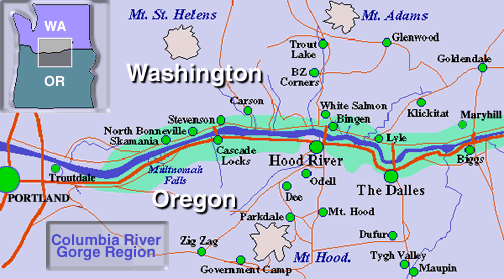
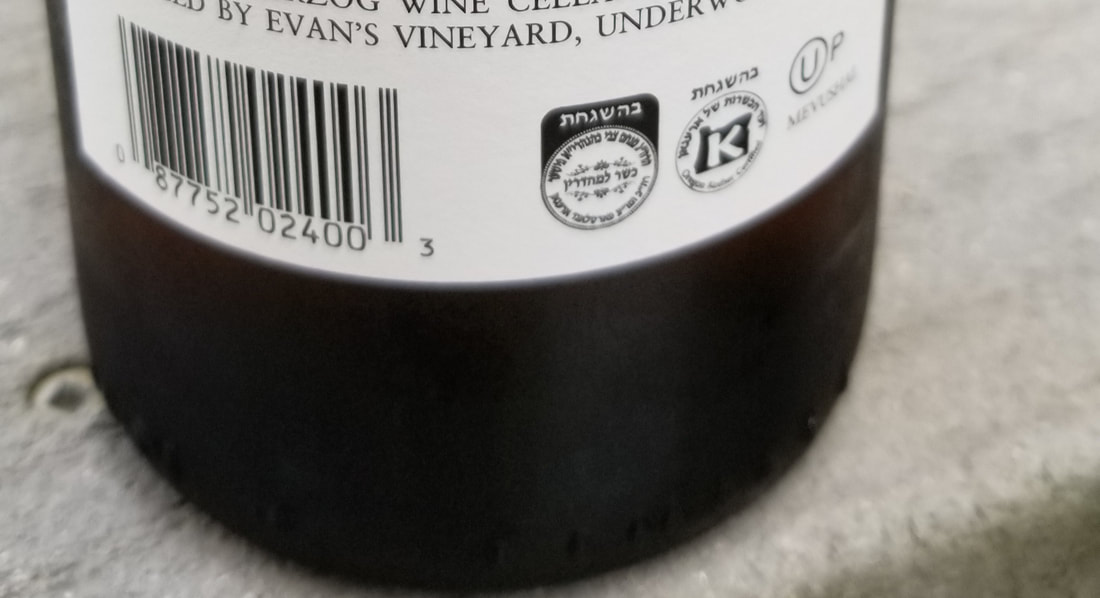
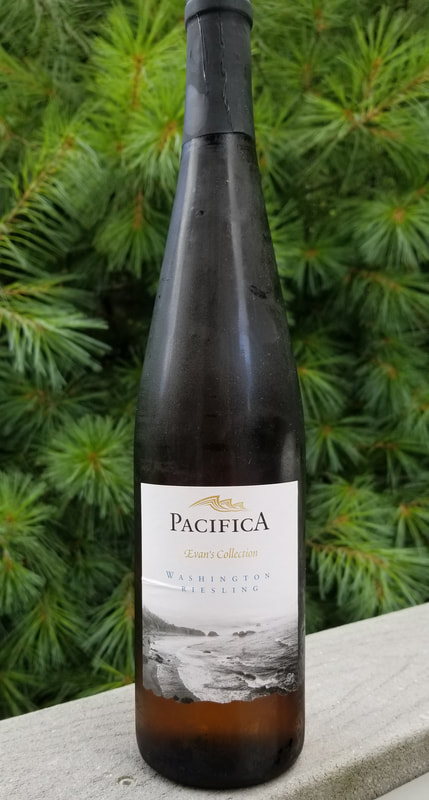
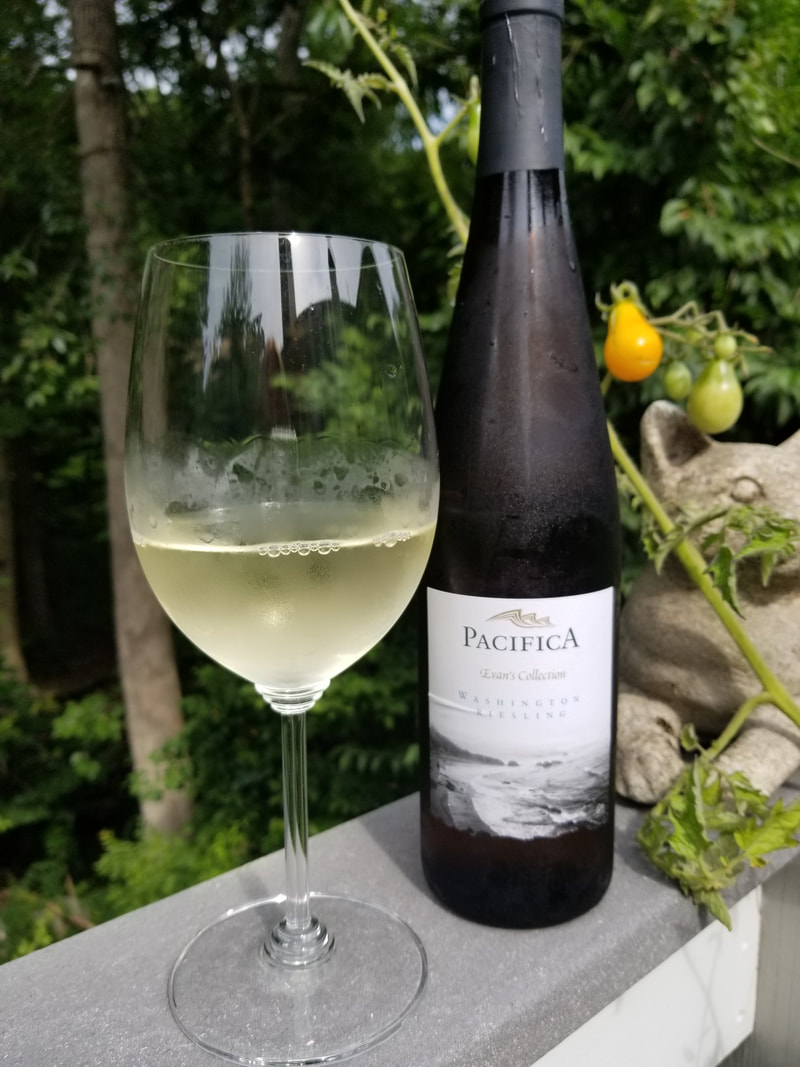
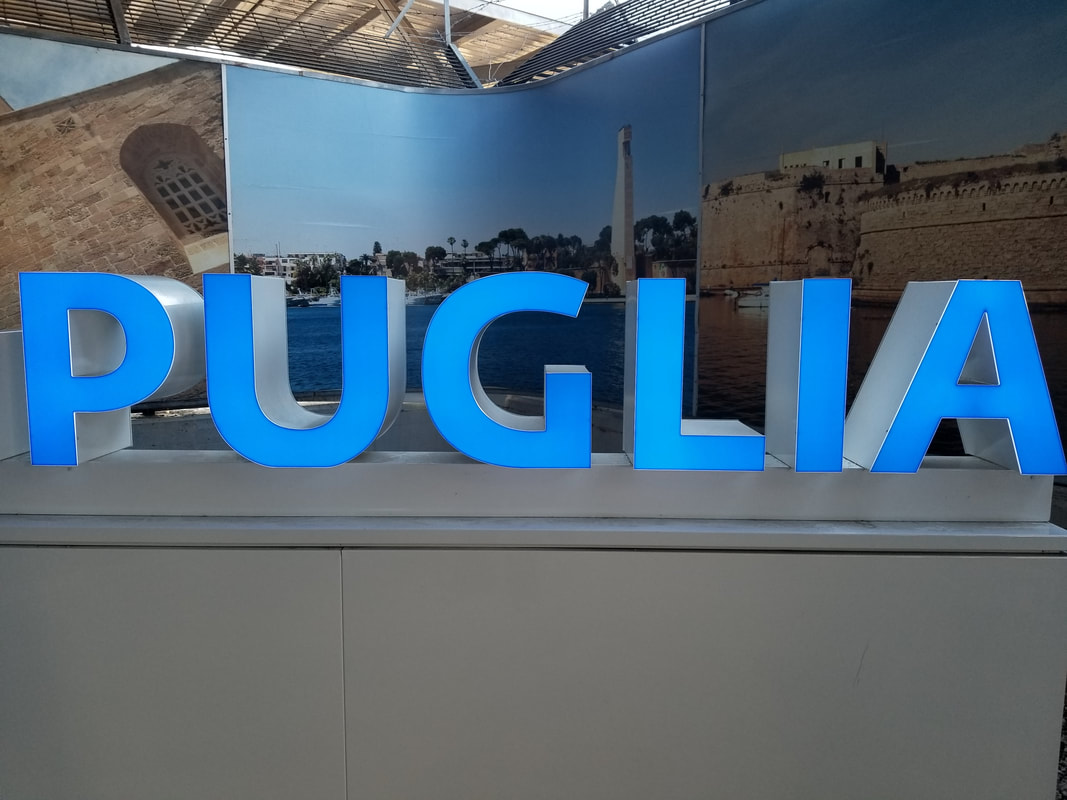
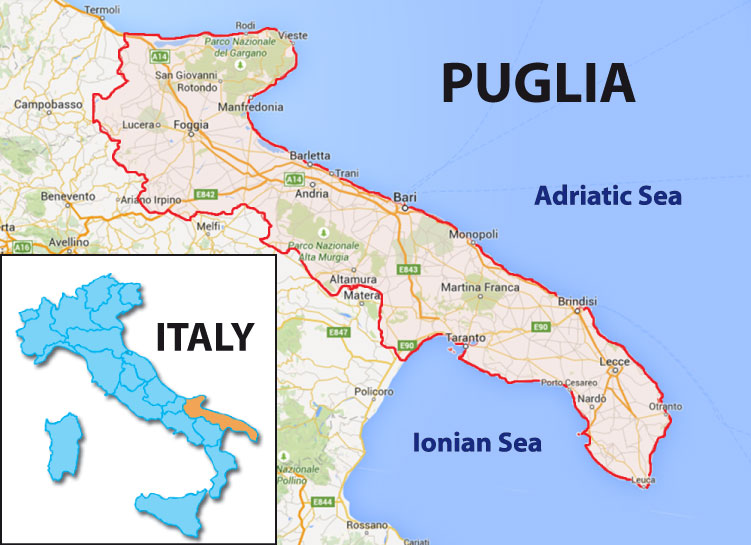
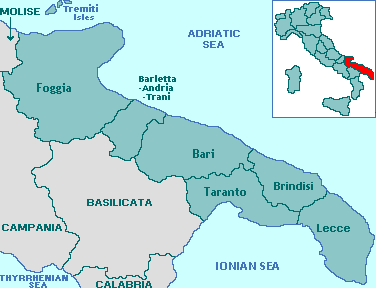
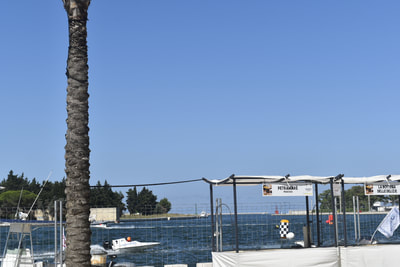
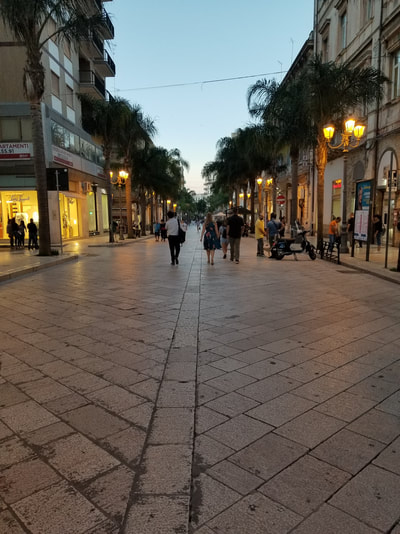
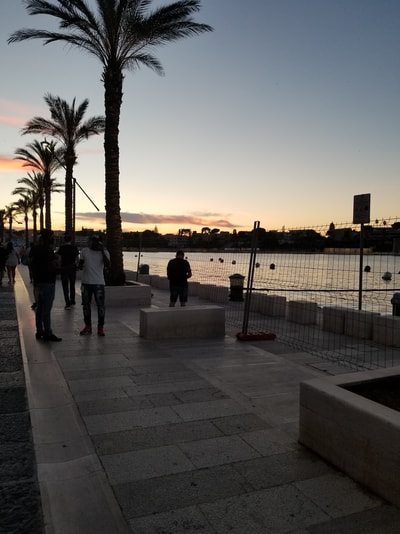
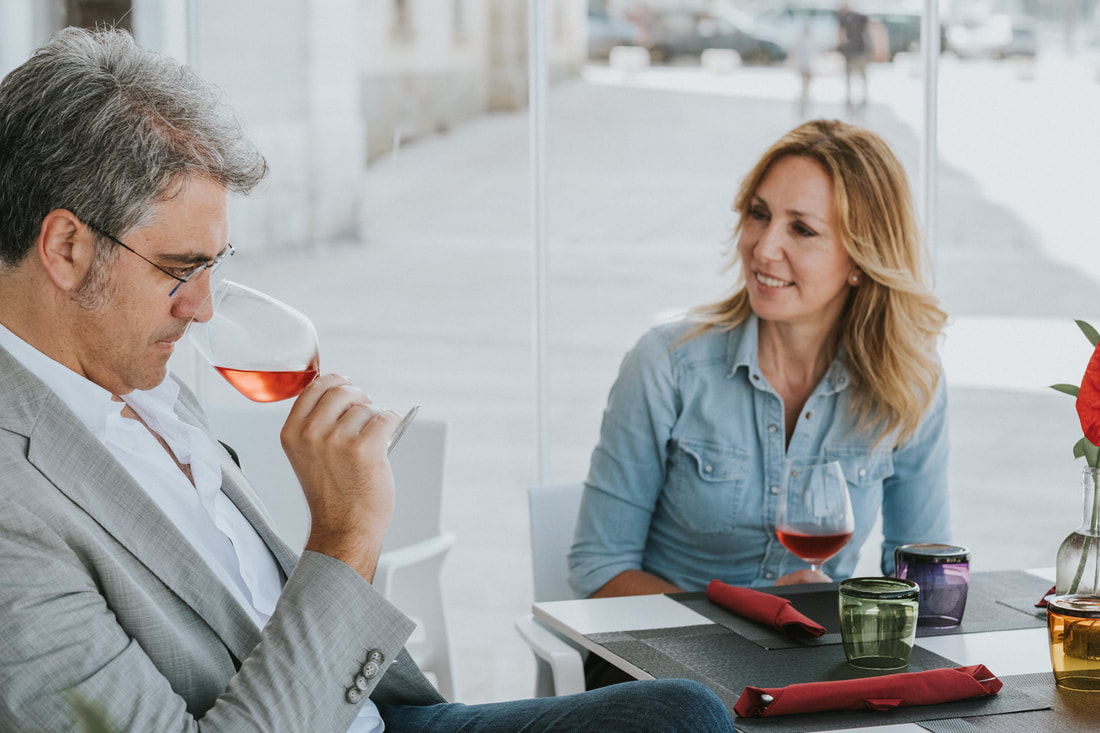
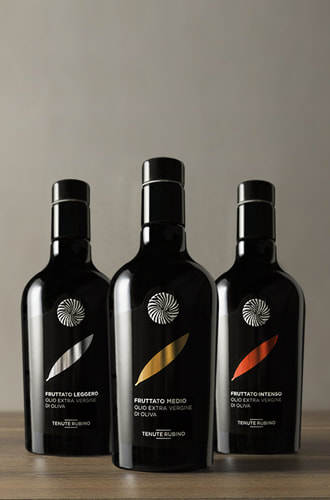
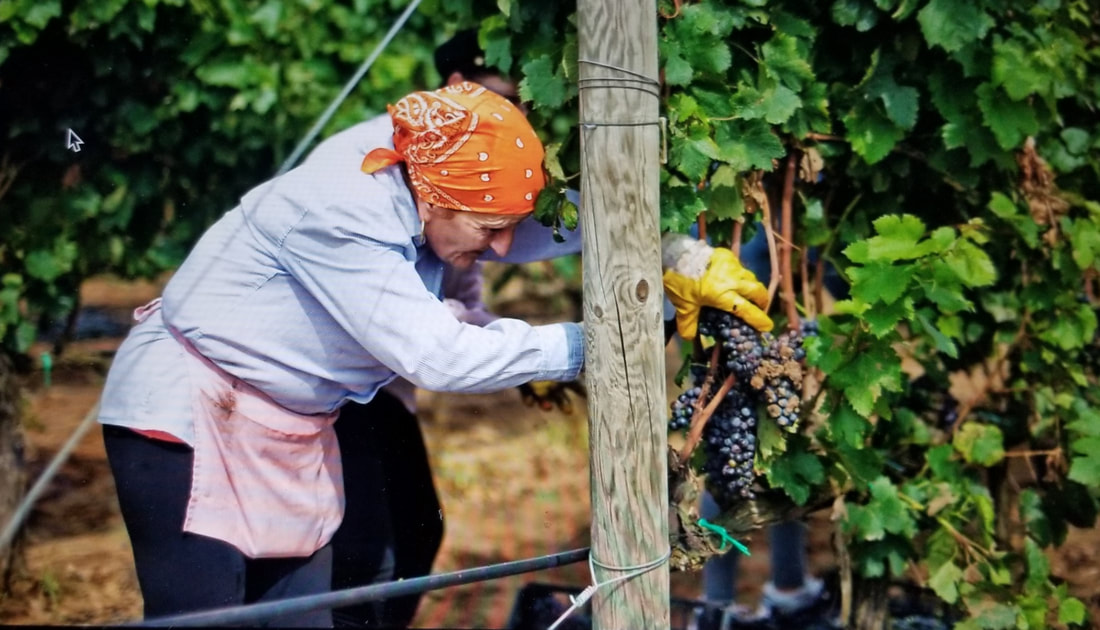
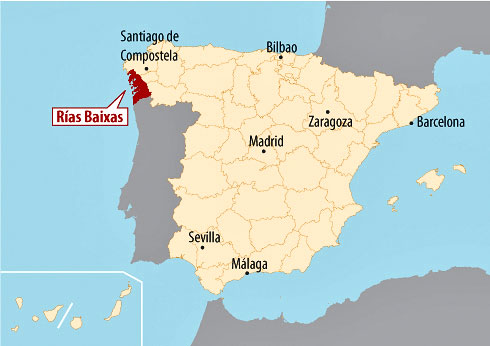
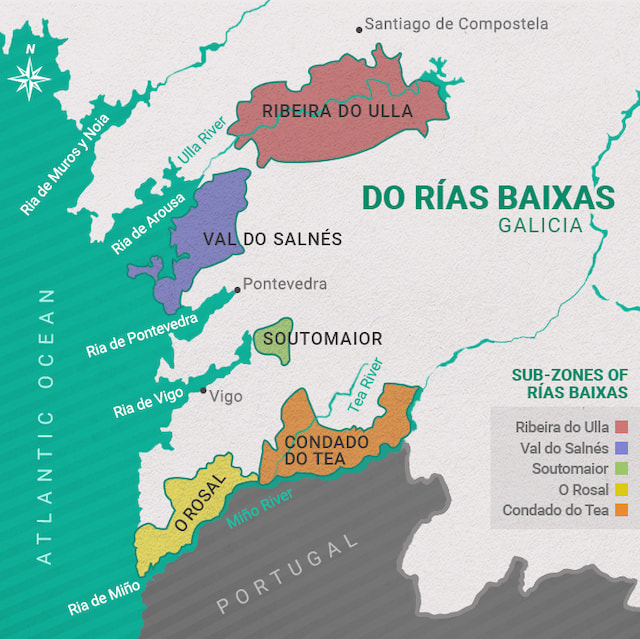
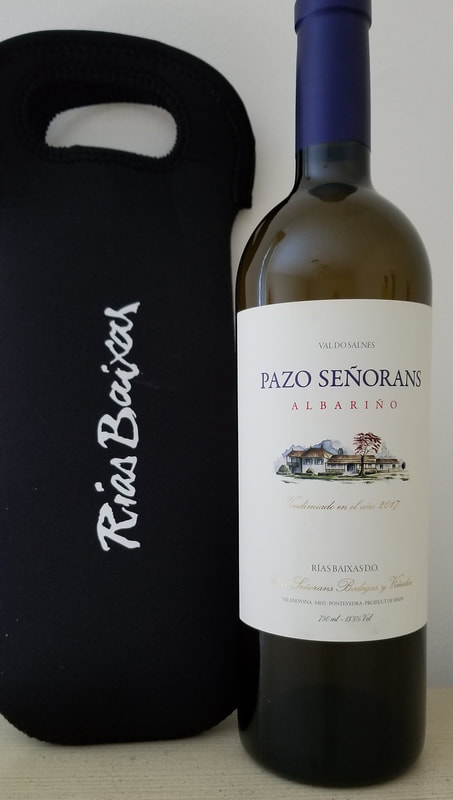

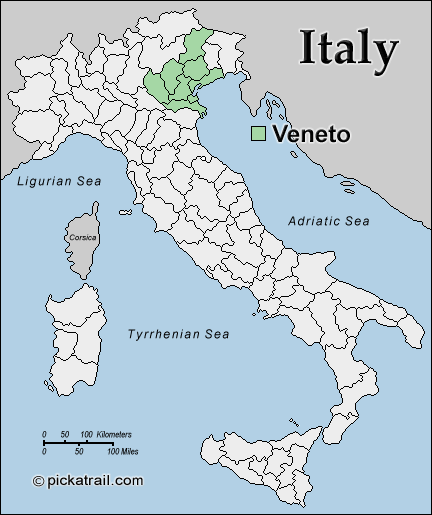
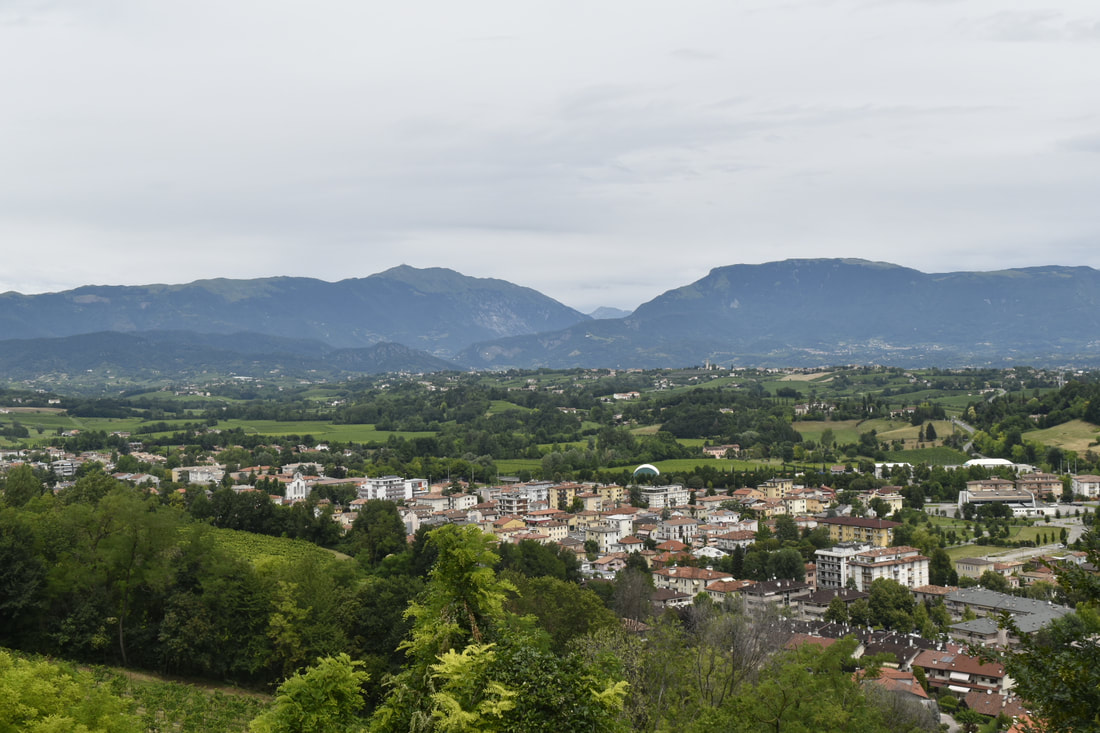
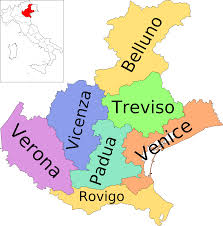
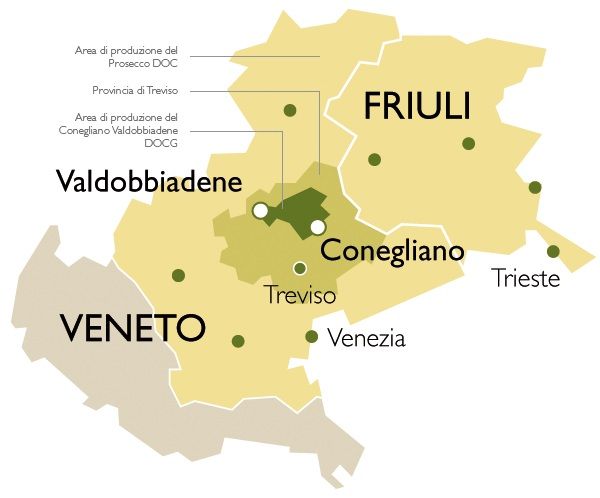
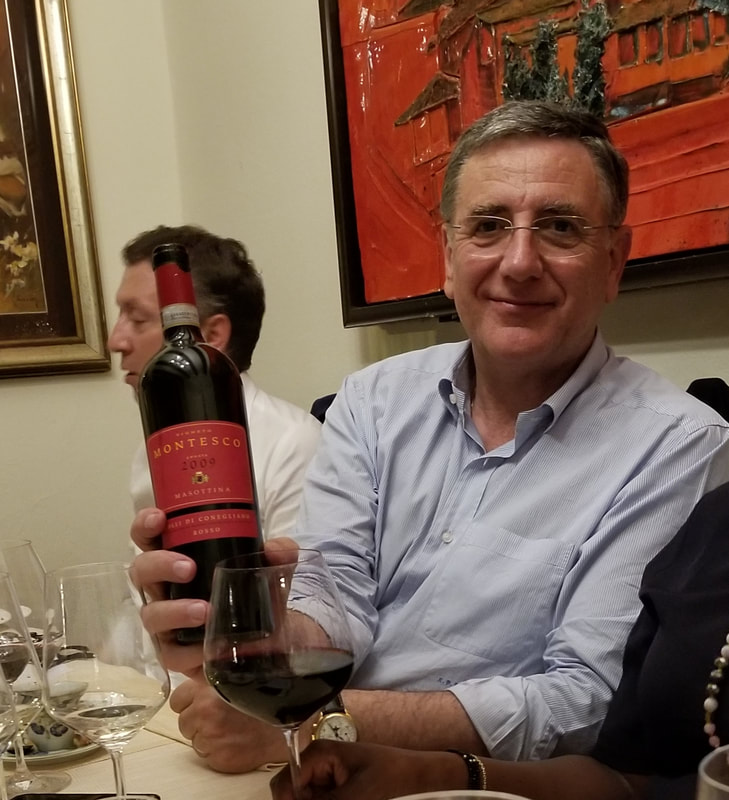
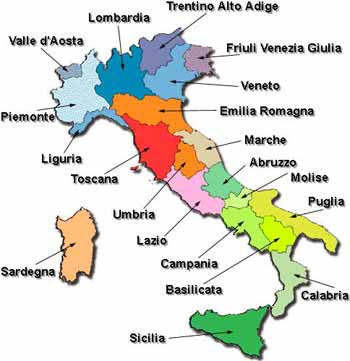
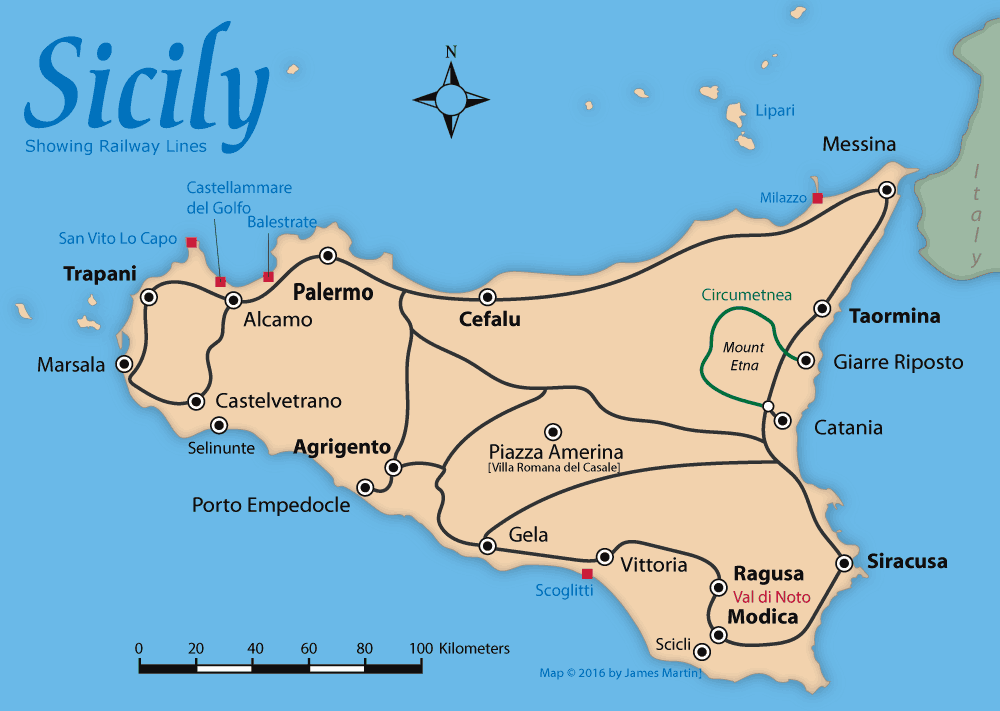
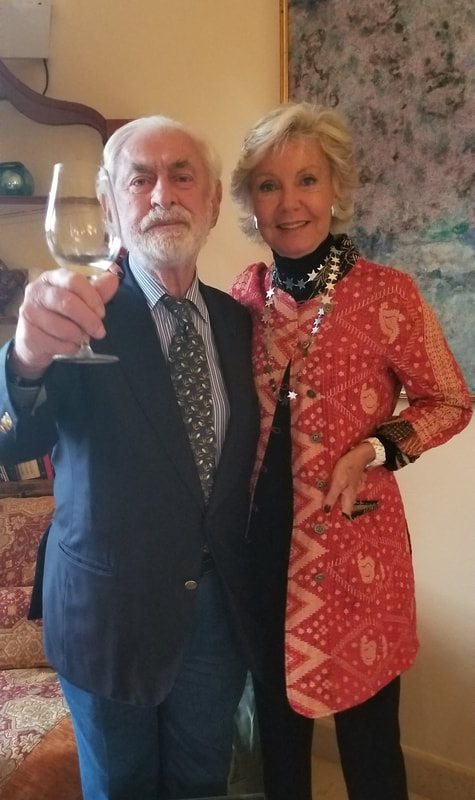
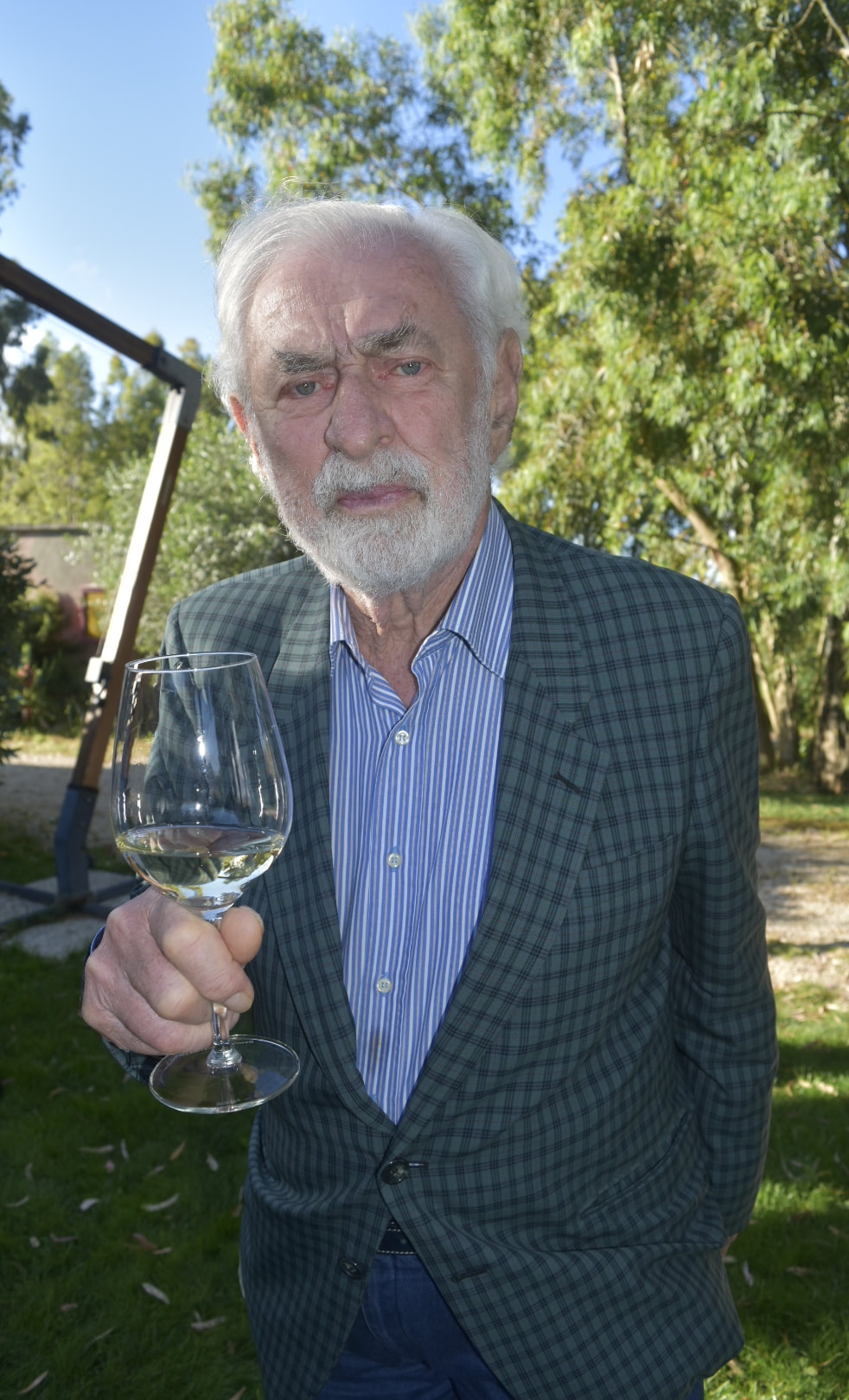
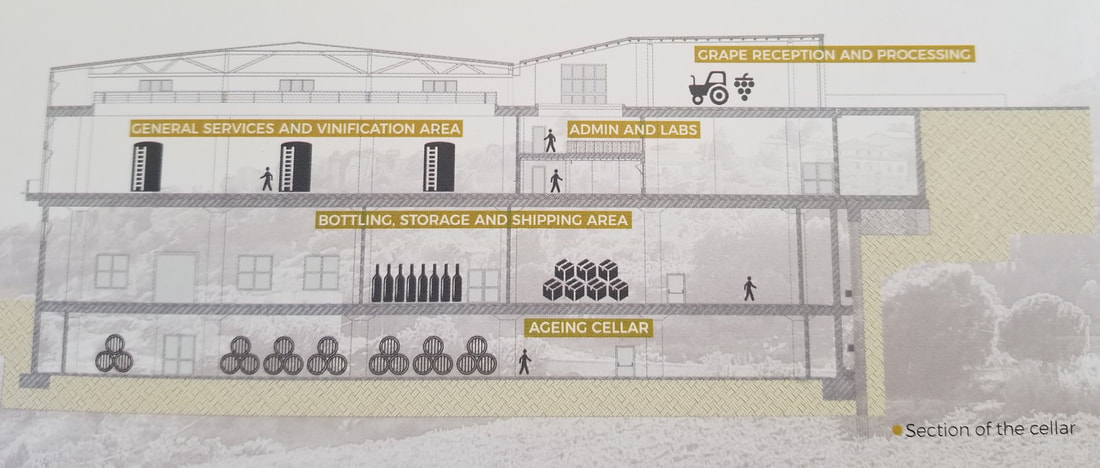
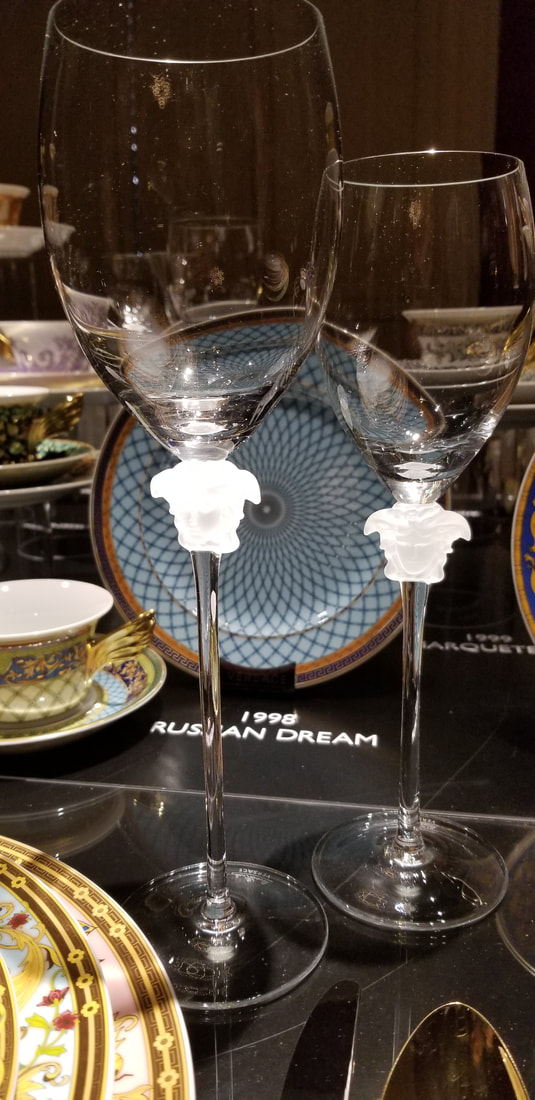
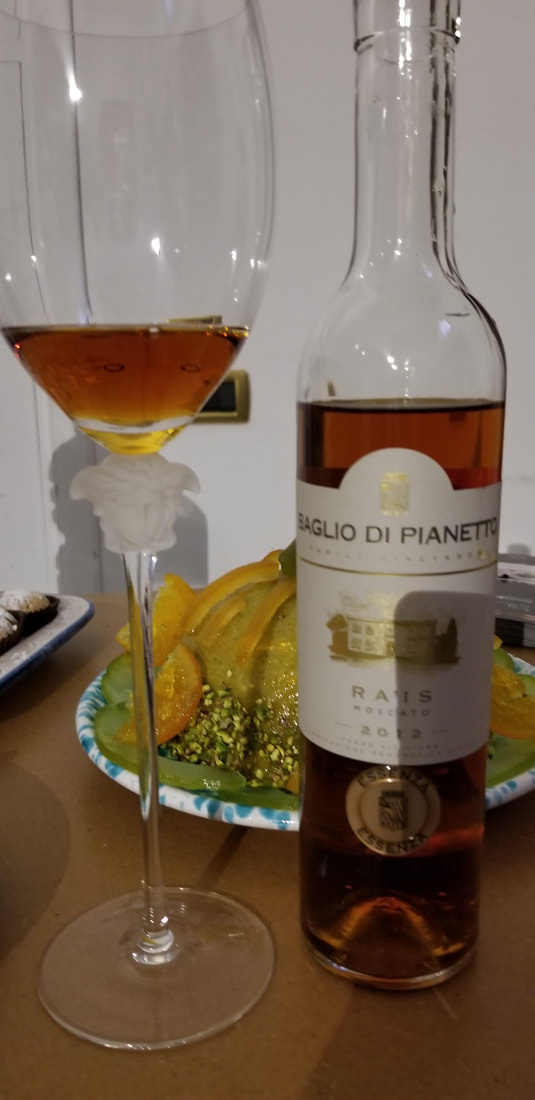
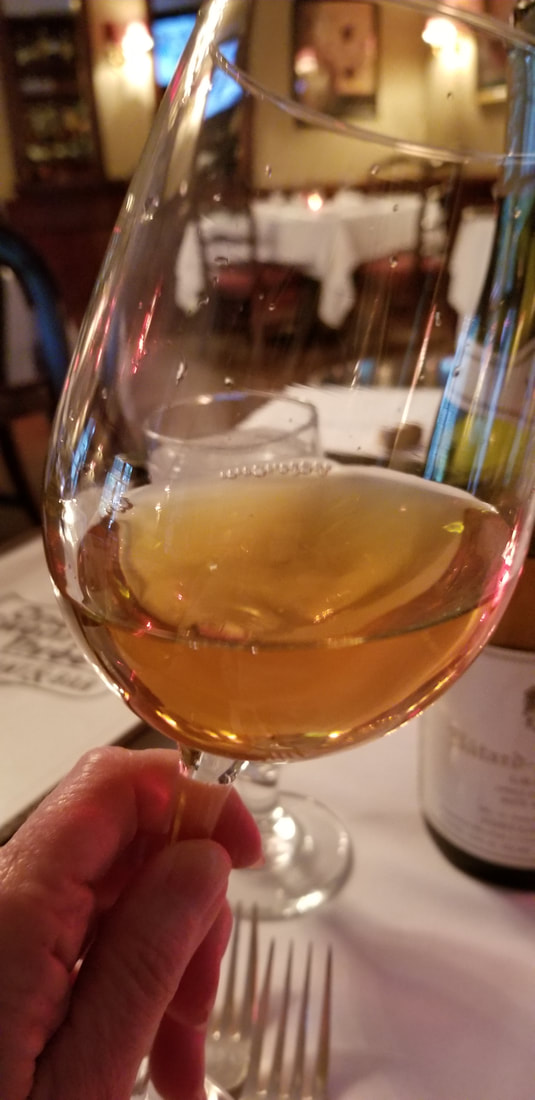


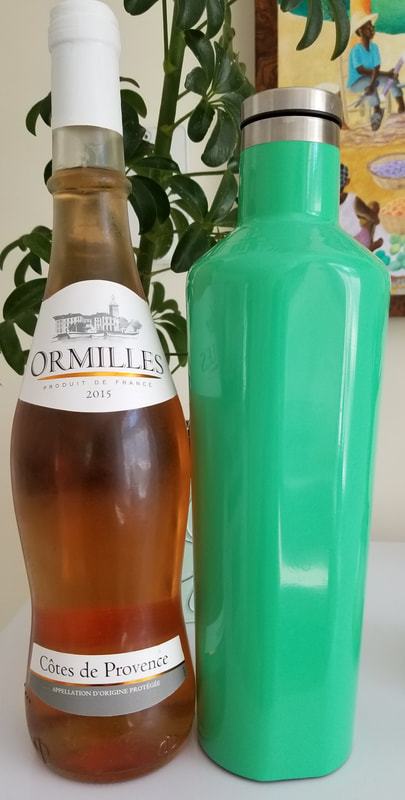
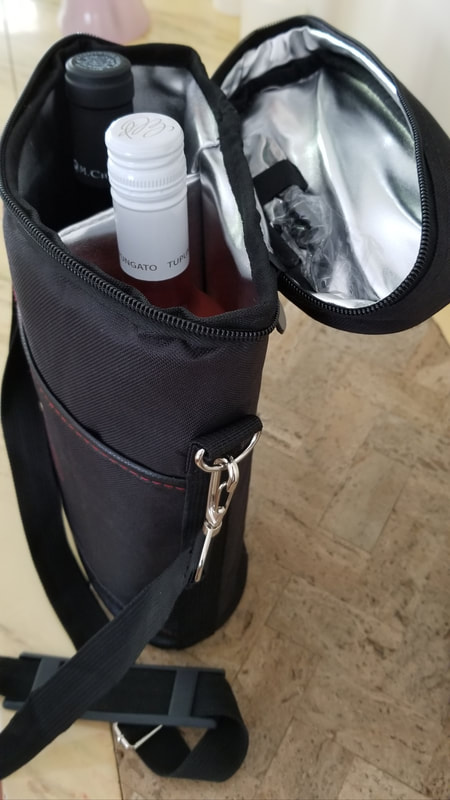
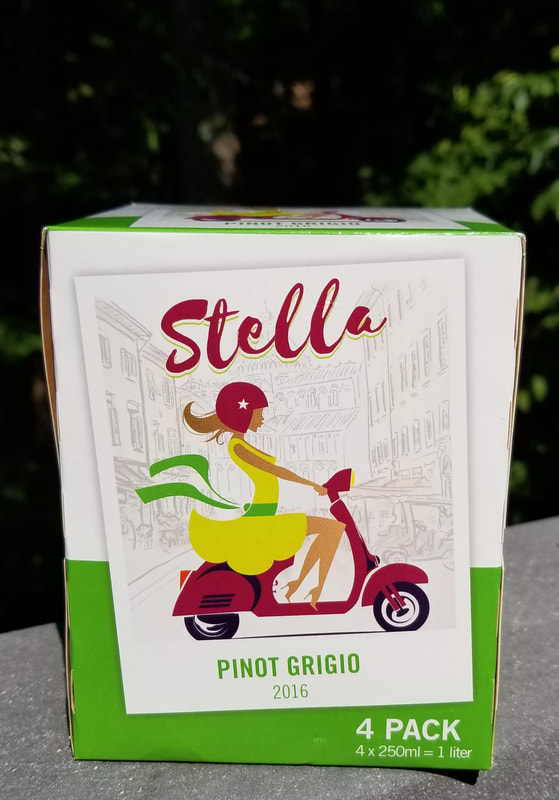

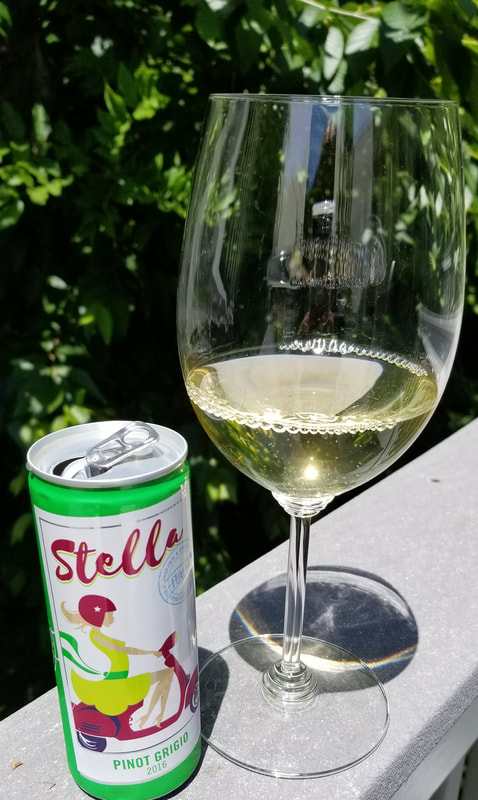
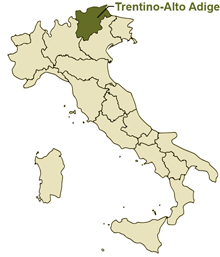
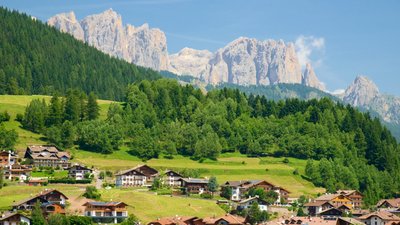
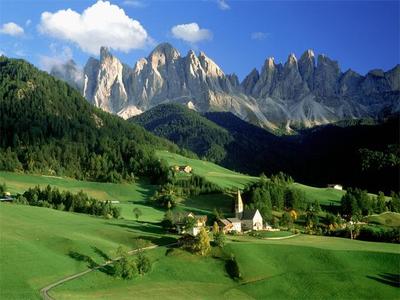
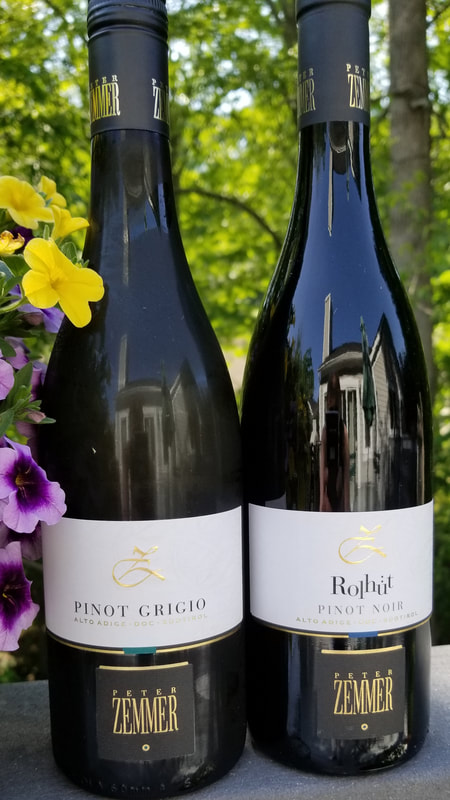
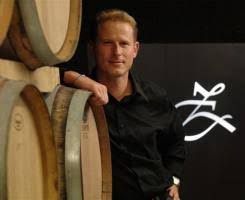
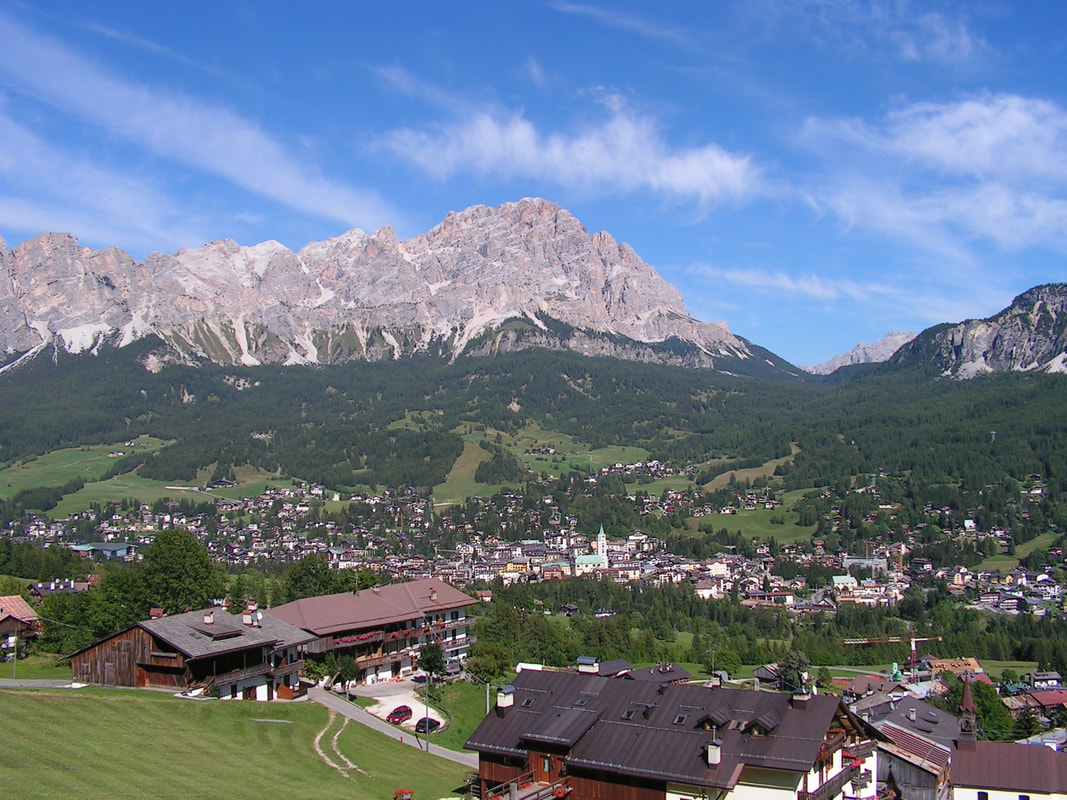
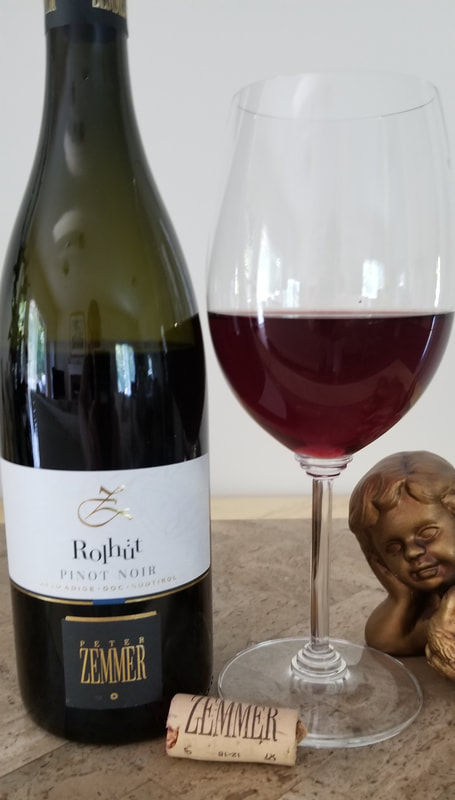
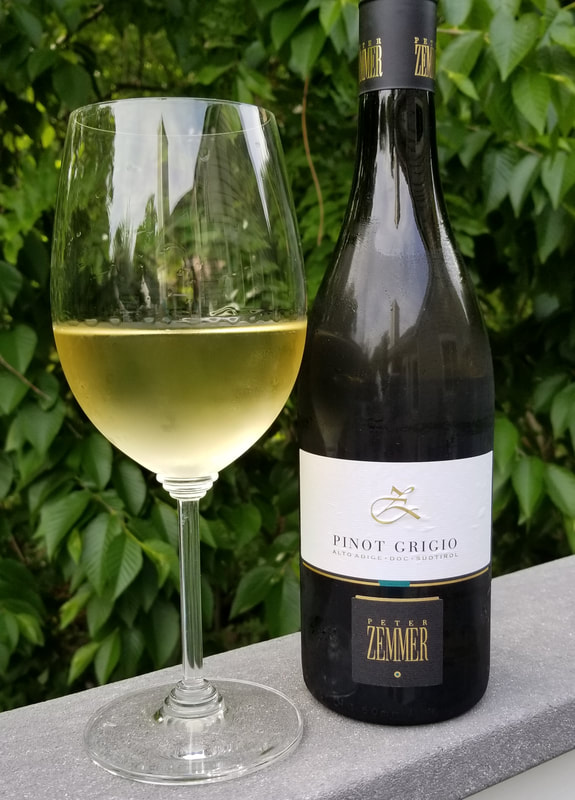

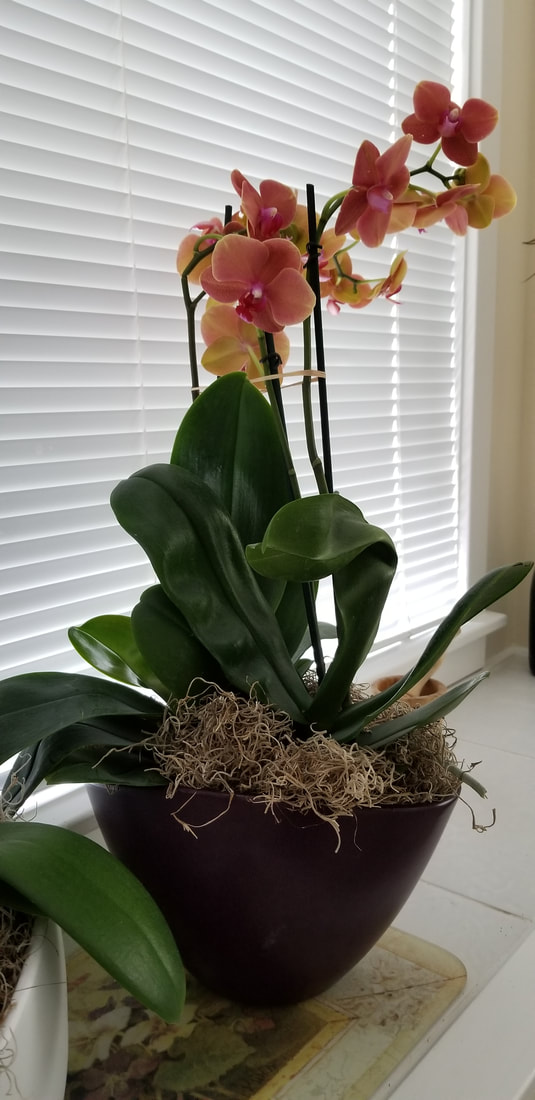
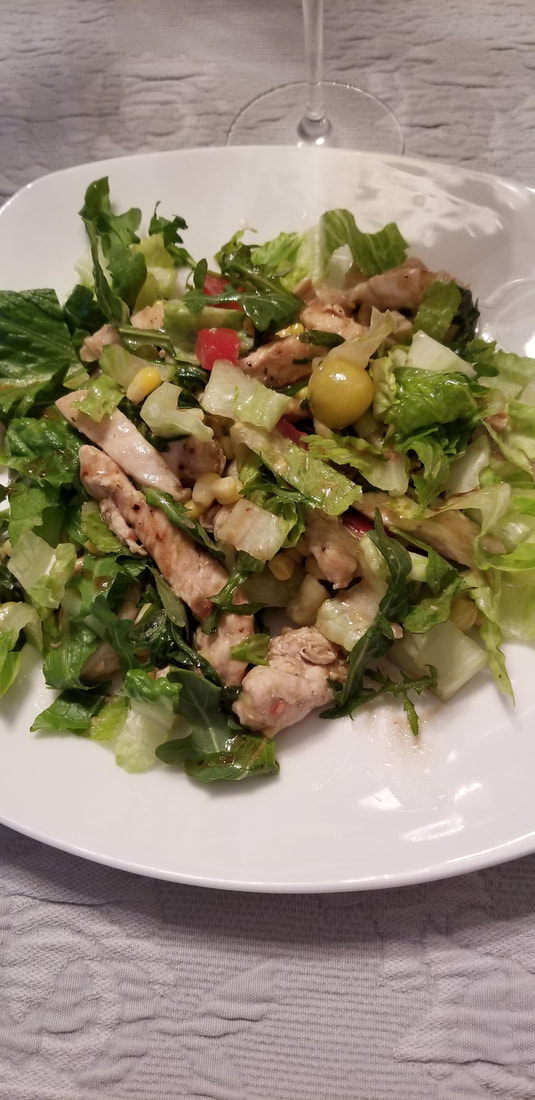
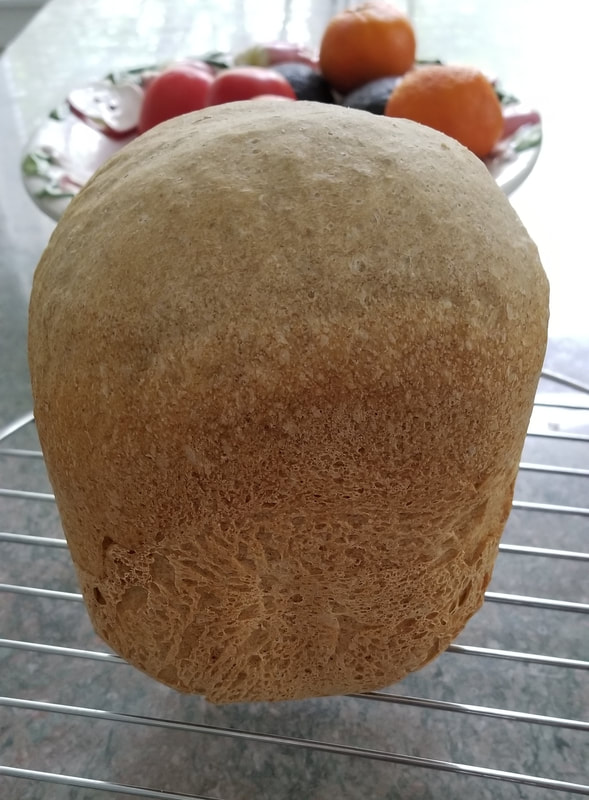
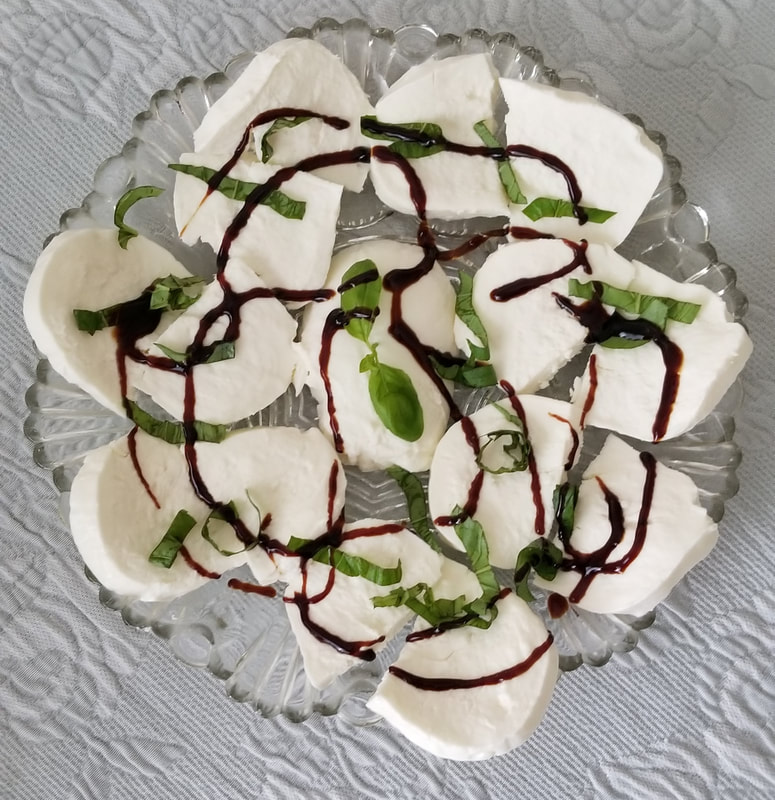
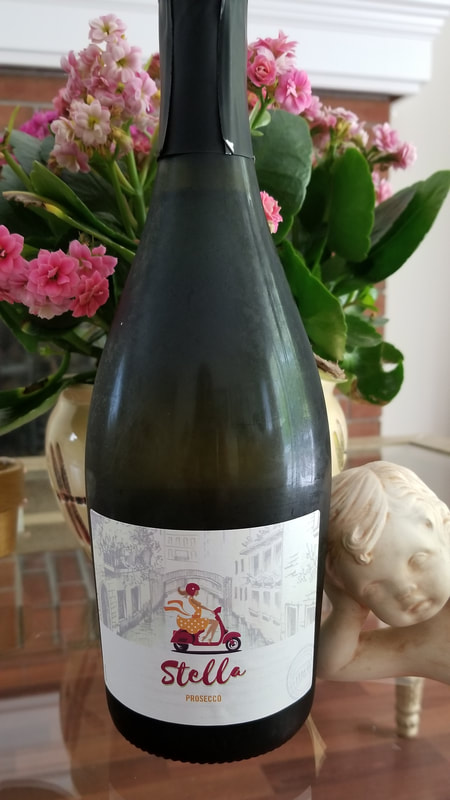
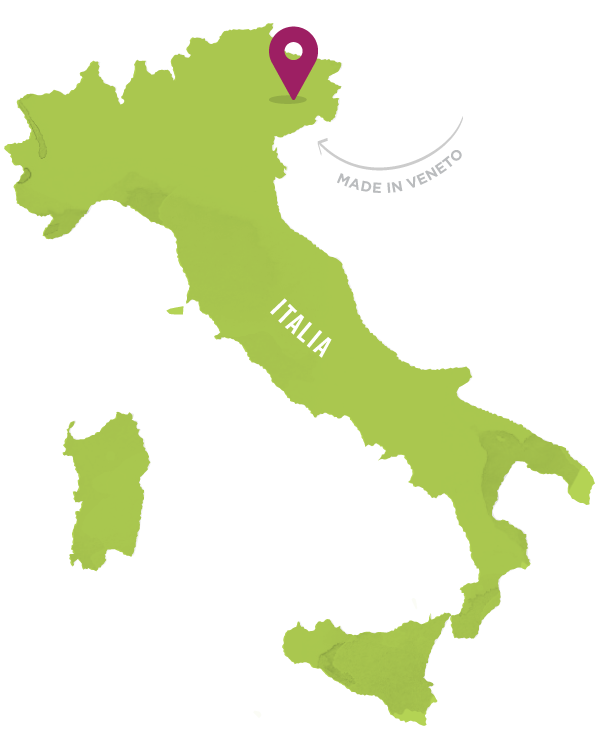
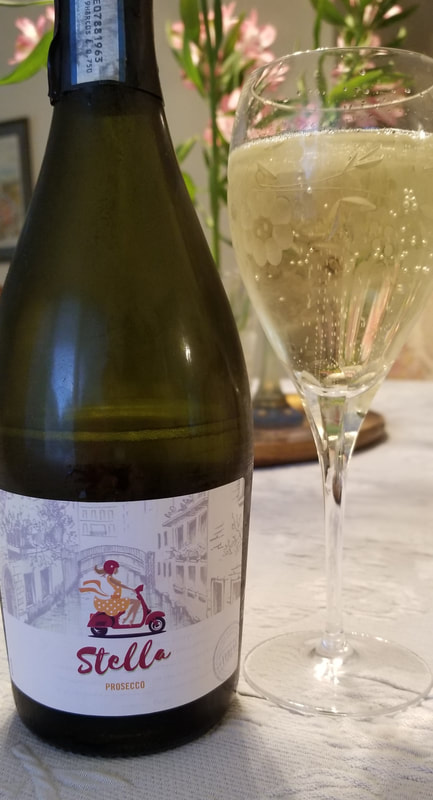
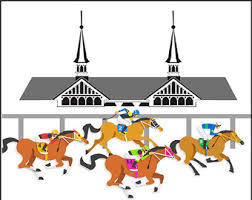
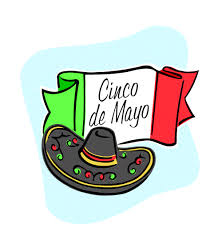
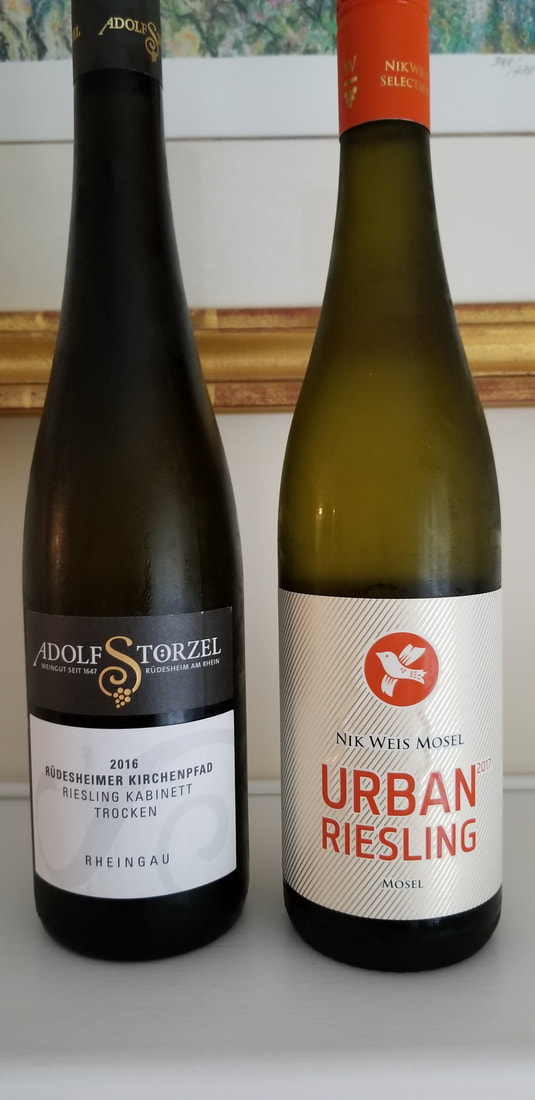
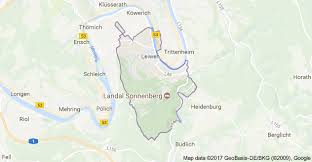
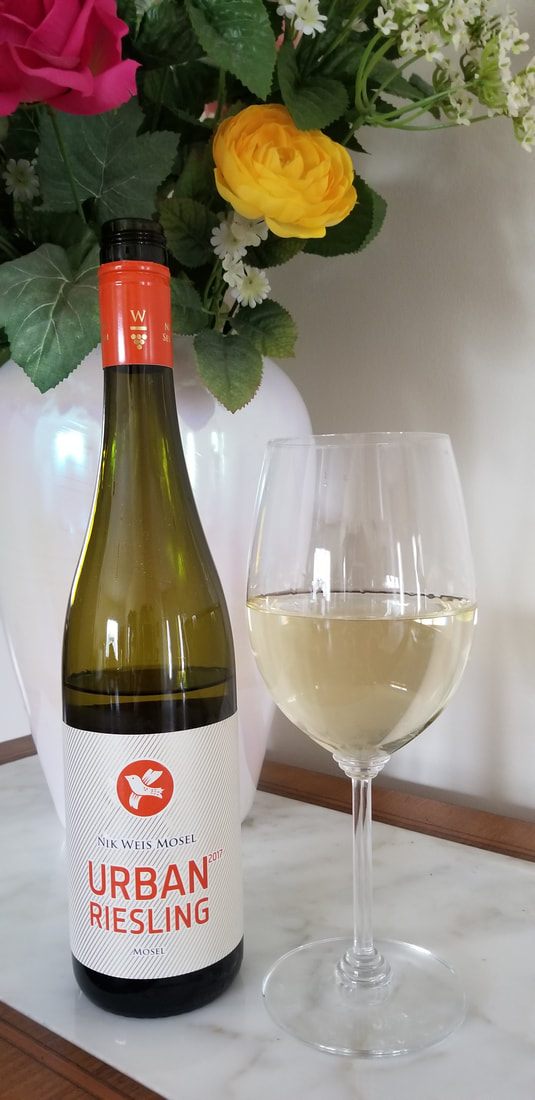
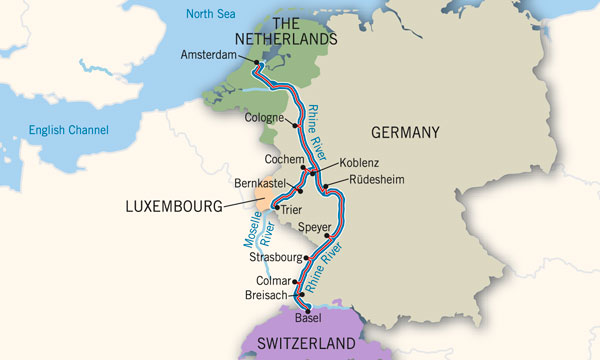
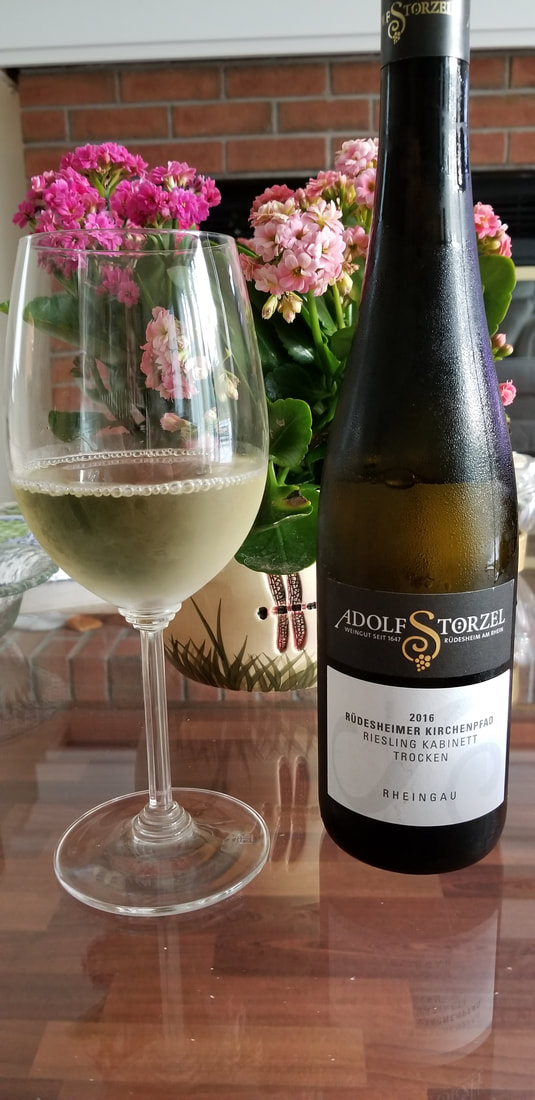
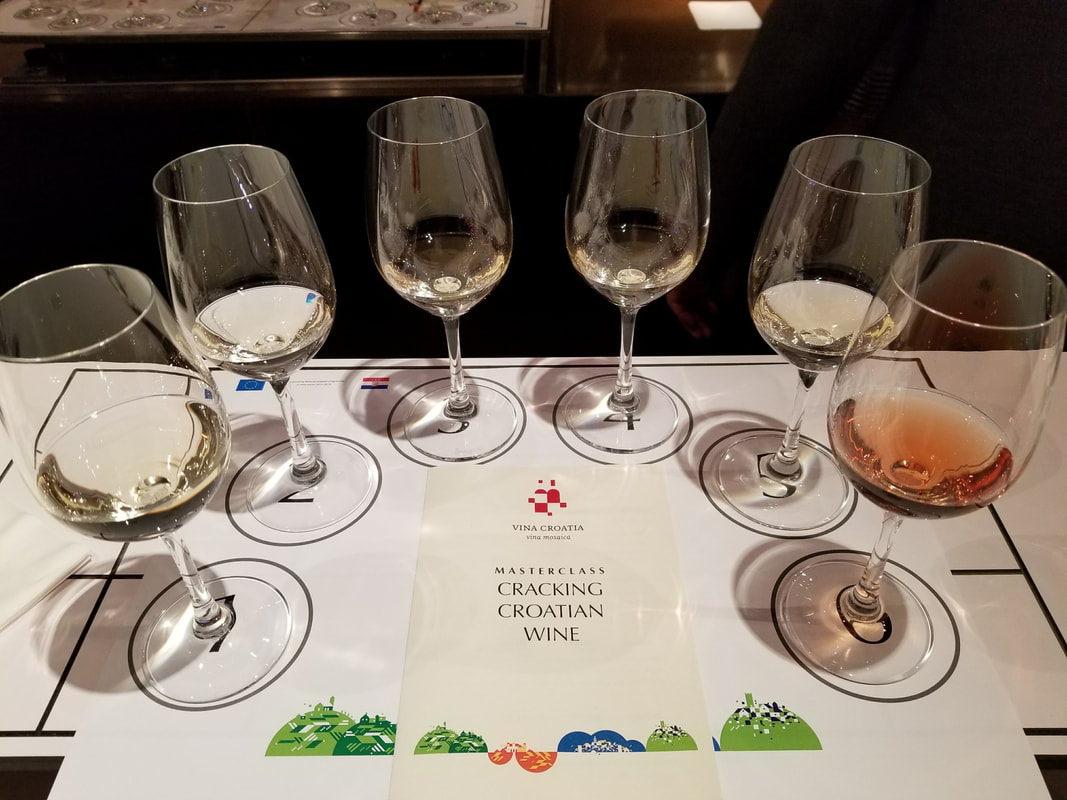
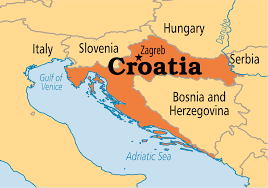
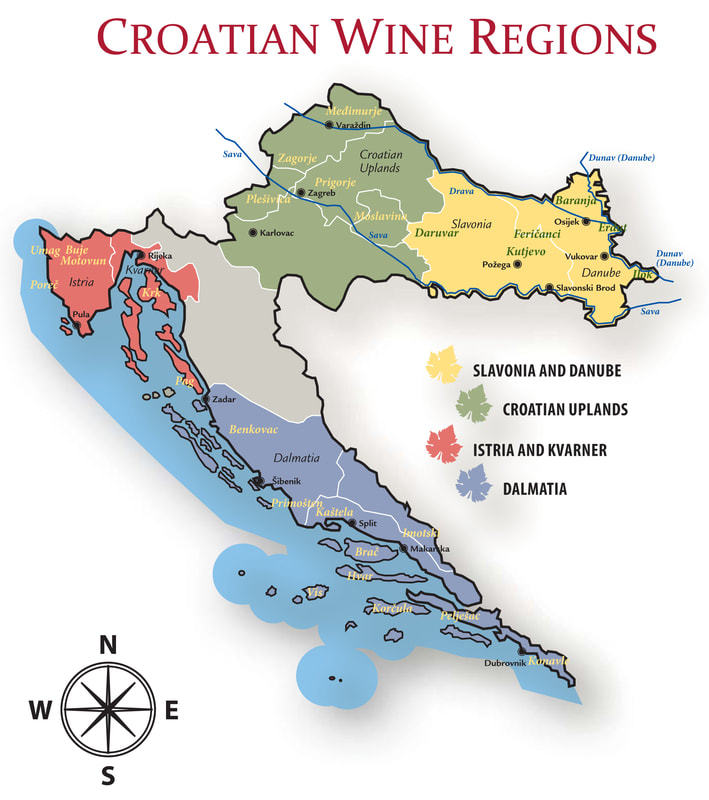
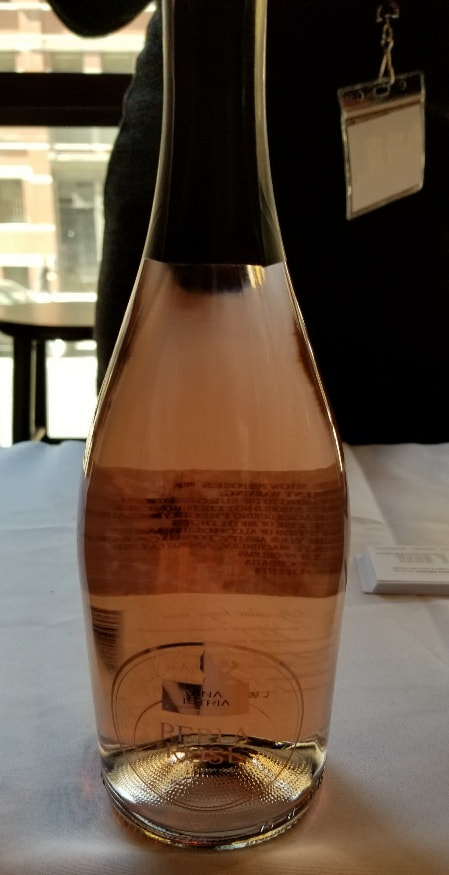

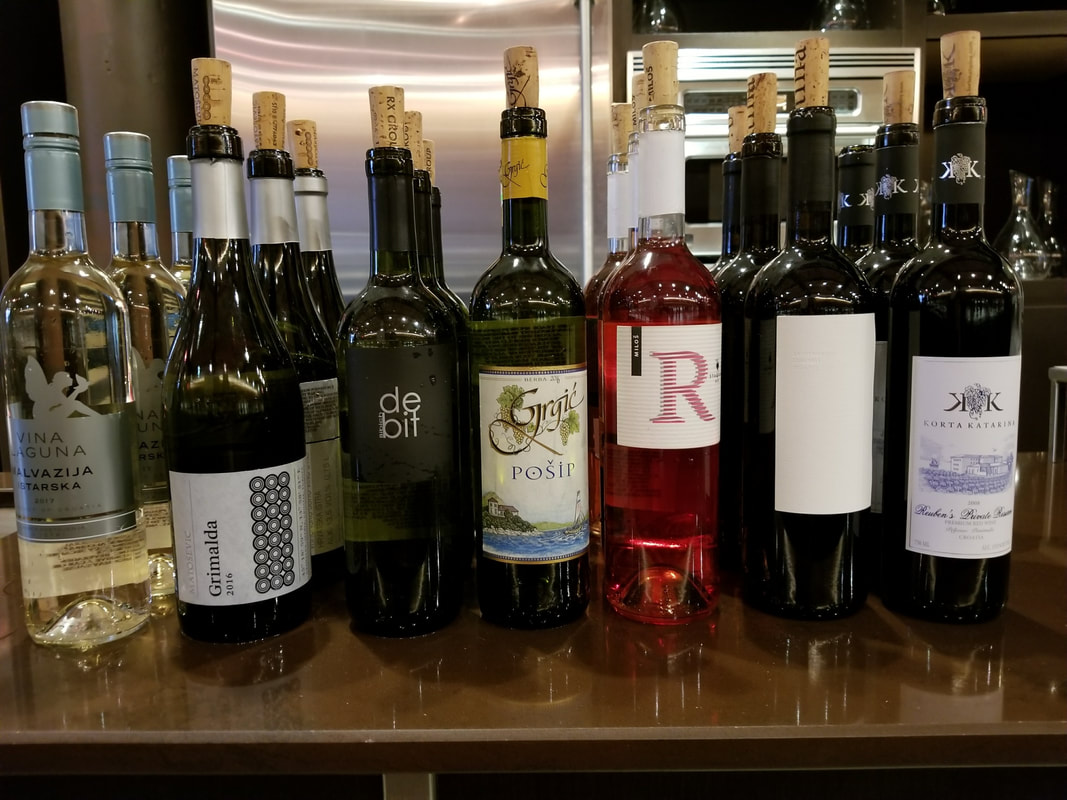
 RSS Feed
RSS Feed